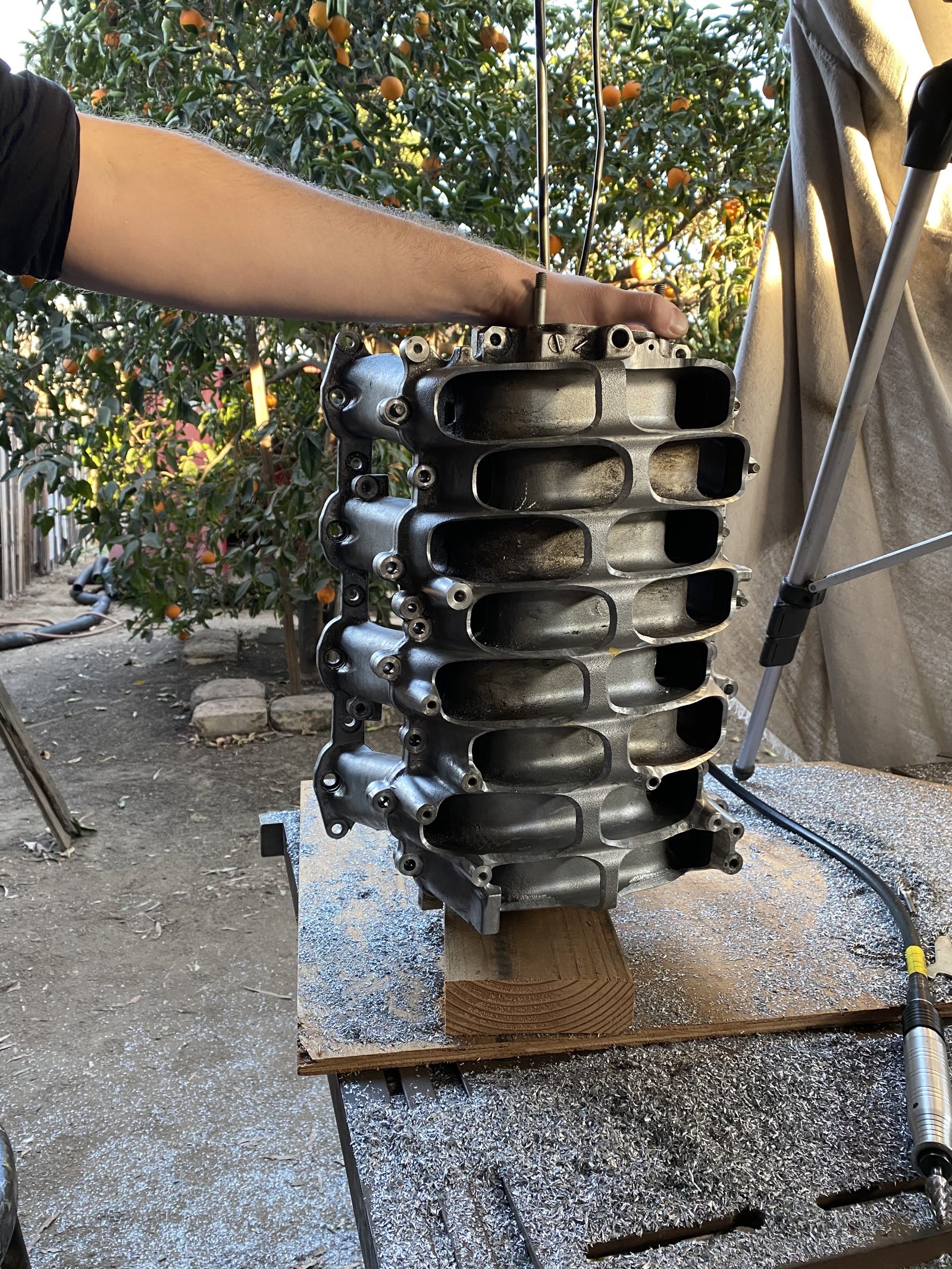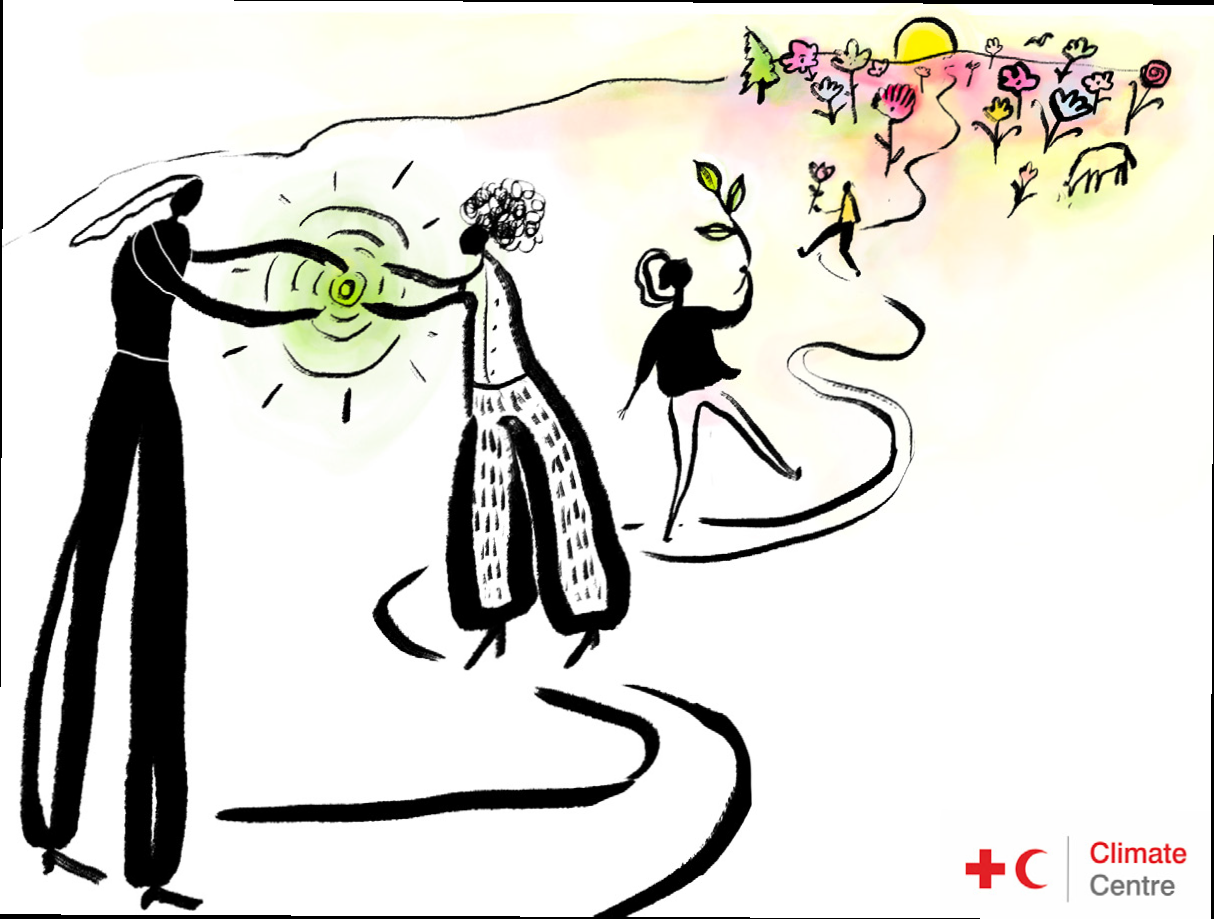How many times have we all wished to have a sneak peek into what the future holds for us? Time travel is perhaps one of the most elusive, yet interesting and highly recognized concept in philosophy and sci-fiction. While many of us might have enjoyed imagining how the future could look like 50 or 100 years from now, no one can actually say what will really happen. And the best thing we can do is be hopeful and work towards a future that is better than our present.
Keeping this in mind, the Red Cross Red Crescent Climate Centre came up with an innovative idea of building a Time-Capsule in the beginning of the year 2020. As part of the Climate Centre’s exploration of the concept of “Long Termism”, the time capsule is being built to serve as a reminder that 'the kind of actions we take today will decide what we leave behind for future generations.'

What is the Time Capsule?
The Time capsule, which is being regarded as 'the engine of long-termism' has been receiving contributions from all around the world, in the form of letters, drawings, poems and 2020-specific memorabilia. The idea is that the time capsule will be closed end of the year in December and then installed in the International Red Cross and Red Crescent Museum, open to visitors. It will be housed in the museum for the next 30 years and opened in 2050.
The time capsule is made by a group of architects from the Los Angeles-based United Environment Architecture who are making the capsule from recycled internal combustion engines. This is being done “as a homage to a dying technology, and a celebration of the growing culture of reusing and re-purposing."

What is the objective of the Time Capsule?
The objective of the exercise is to enable people and societies to break free from the short-term decision-making practices that dominates our world today. Individuals and organisations are often only thinking in terms of 1 to 3 years project cycles, while failing to consider impacts, consequences and relationships over the longer term.
While the Climate Centre as an organisation plans to infuse long-termism into their everyday functioning and institutional processes, we at seventeen goals magazin believe that thinking and planning long term is the only way to achieve the 17 UN Sustainable Goals.
Along similar lines, earlier in the year we had published an article on "Letter from the future" by one of our guest authors, Rebecca Freitag. In the letter she writes to her grandchildren on how the Corona Pandemic had presented an opportunity in the year 2020 and how our world changed for the better because the society learned a lesson and started to take climate change, pollution and such other challenges seriously.

That is indeed the change we want to see and the future we all hope to achieve. And the process has started now with Climate Centre's Time Capsule. So if you are inspired, and would like to leave a message, a photograph or any personal memorabilia inside the capsule, please send in your contribution to this link.
The Climate Centre supports the Red Cross and Red Crescent Movement and its partners in reducing the impacts of climate change and extreme weather events on vulnerable people by offering a wide range of expertise – ranging from providing technical guidance on climate science to facilitating knowledge dissemination through trainings, games and interactive workshops.
Header Picture: Graphic from the Future Ancestor Advisory Project, by Rebeka Ryvola, Learning Advisor at the Climate Centre



















